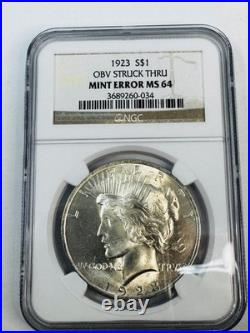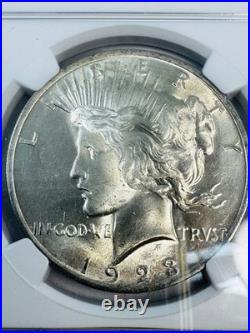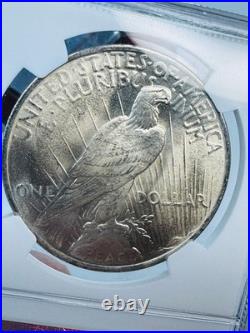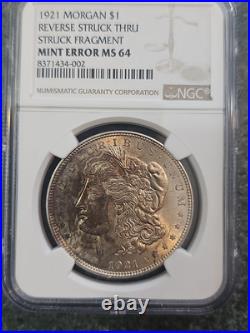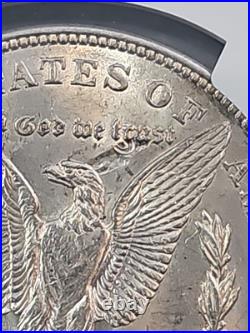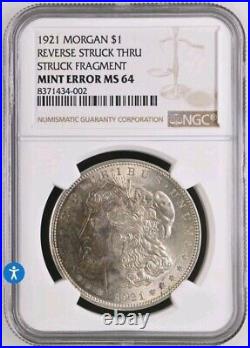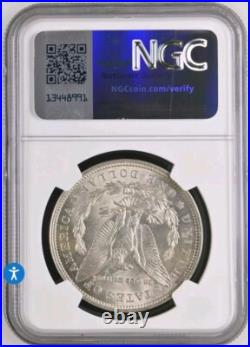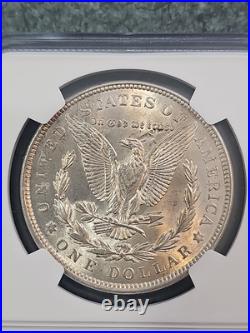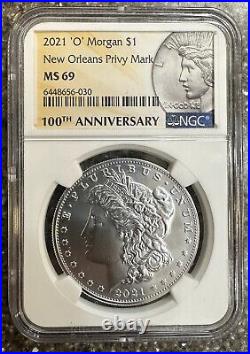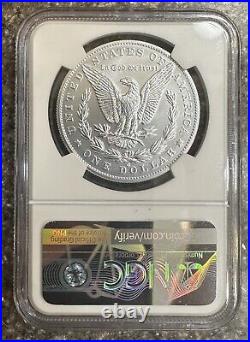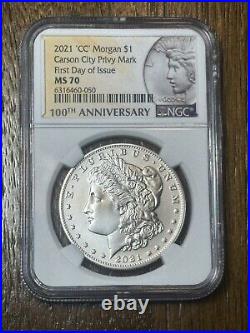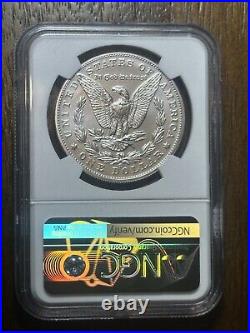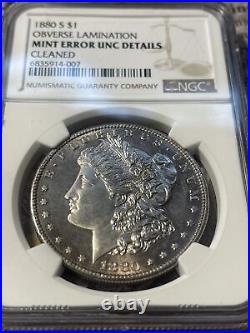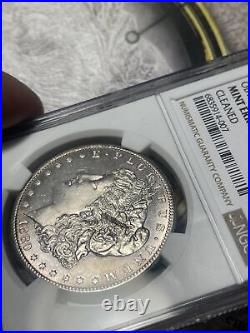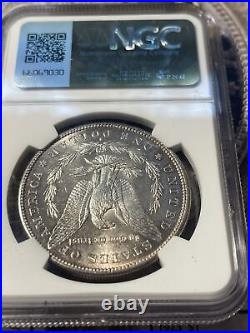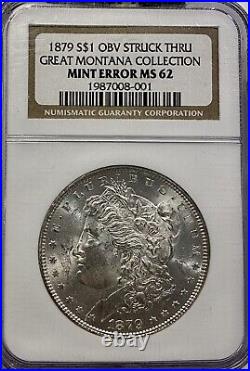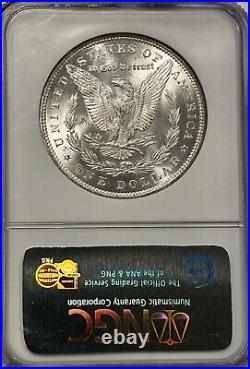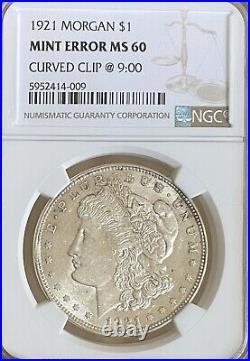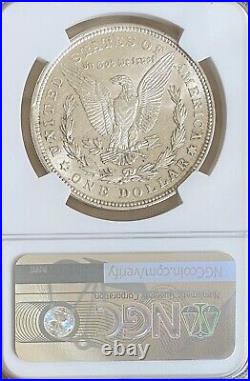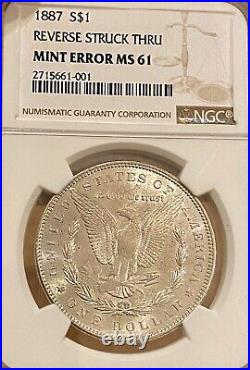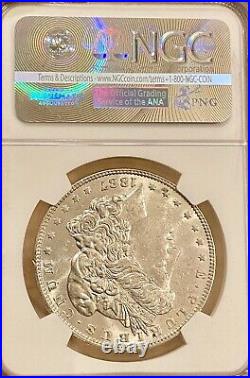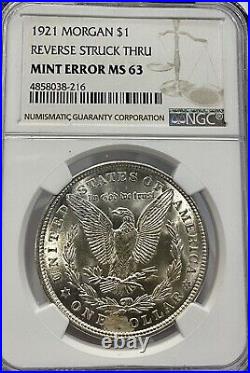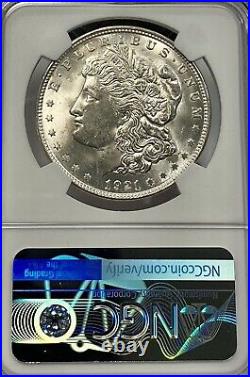
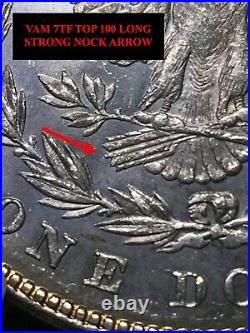
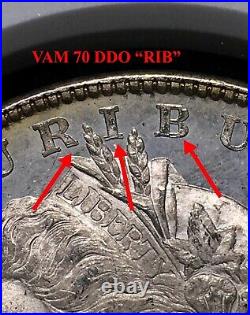
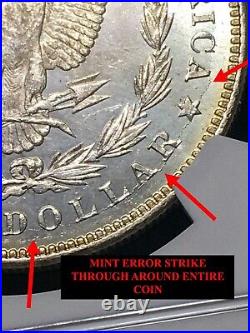
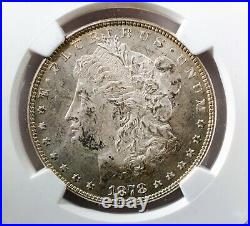
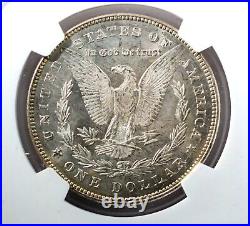

An 1878 Morgan Silver Dollar with TWO VAMs (7TF Top 100 and VAM 70 DDO RIB) and a mint error struck through, graded MS62 by NGC, is an incredibly unique and special coin. Let’s break down the key features that make this coin remarkable. The Morgan Silver Dollar is one of the most iconic and beloved coin series in the United States. As the first year of issue (1878), this coin has added historical significance, as it marks the beginning of the Morgan Dollar’s production. A VAM designation refers to specific die varieties within the Morgan Dollar series. In this case, the coin exhibits characteristics of two highly sought-after VAM varieties. 7TF (Top 100): The 7 Tail Feathers variety is one of the Top 100 VAMs, meaning it is among the most desirable and valuable die varieties for collectors. With a long nock on the middle arrow. VAM 70 (DDO RIB): VAM 70 designates a Double Die Obverse with doubling evident in the word “LIBERTY” and the ribbon ends on the obverse of the coin. Double dies are highly prized by collectors for their distinctive appearance. A “mint error struck through” refers to a coin that has a foreign object or debris present on the planchet (blank coin) at the time of striking. This foreign object gets struck into the coin, resulting in an indentation or raised area where the debris was. Mint errors add an extra layer of rarity and intrigue to a coin, making it even more appealing to collectors. MS62 Grade by NGC: The coin has been independently graded and authenticated by the Numismatic Guaranty Corporation (NGC), one of the leading coin grading services. The MS62 grade indicates that the coin is uncirculated and exhibits only minor imperfections visible to the naked eye. An uncirculated grade preserves the coin’s original mint luster and appearance. In summary, this 1878 Morgan Silver Dollar stands out due to its multiple VAM varieties, including the Top 100 7TF variety and the VAM 70 DDO RIB variety, as well as a mint error struck through. The NGC MS62 grade further adds to its appeal by providing confirmation of its condition and authenticity. Such a combination of rare and distinct characteristics makes this coin highly sought after and valuable among numismatists and collectors who appreciate unique and exceptional coins. Finding an 1878 7 Tail Feather Reverse of 1879 Silver Dollar requires counting tail feathers and determining the contour of the eagle’s breast. Fortunately, these actions are easy. 1878 Silver Dollars are found with either 7 Tail Feathers, 8 Tail Feathers or some combination (known as & over 8 varieties). Some 7 Tail Feather varieties show traces of underlying feathers, but they are not true 7 over 8 Tail Feathers. Determining the type of reverse requires a look at the eagle’s breast. If the breast is flat, it’s a Reverse of 1878; if the breast is rounded, it’s a Reverse of 1879. It’s worth a look because the 7TF Reverse of 1879 is half as common (or twice as scarce) as the 7TF Reverse of 1878. The 1878 7TF Reverse of 1879 is a relatively common variety in grades up to and including MS-64. In MS-65, the population is still above 300 coins, but high collector demand means there is a lot of competition for these coins. The finest examples are six MS66’s. Prooflike examples represent less than a tenth of the total population and Deep Mirror Prooflikes are twice as rare as regular Prooflikes.

